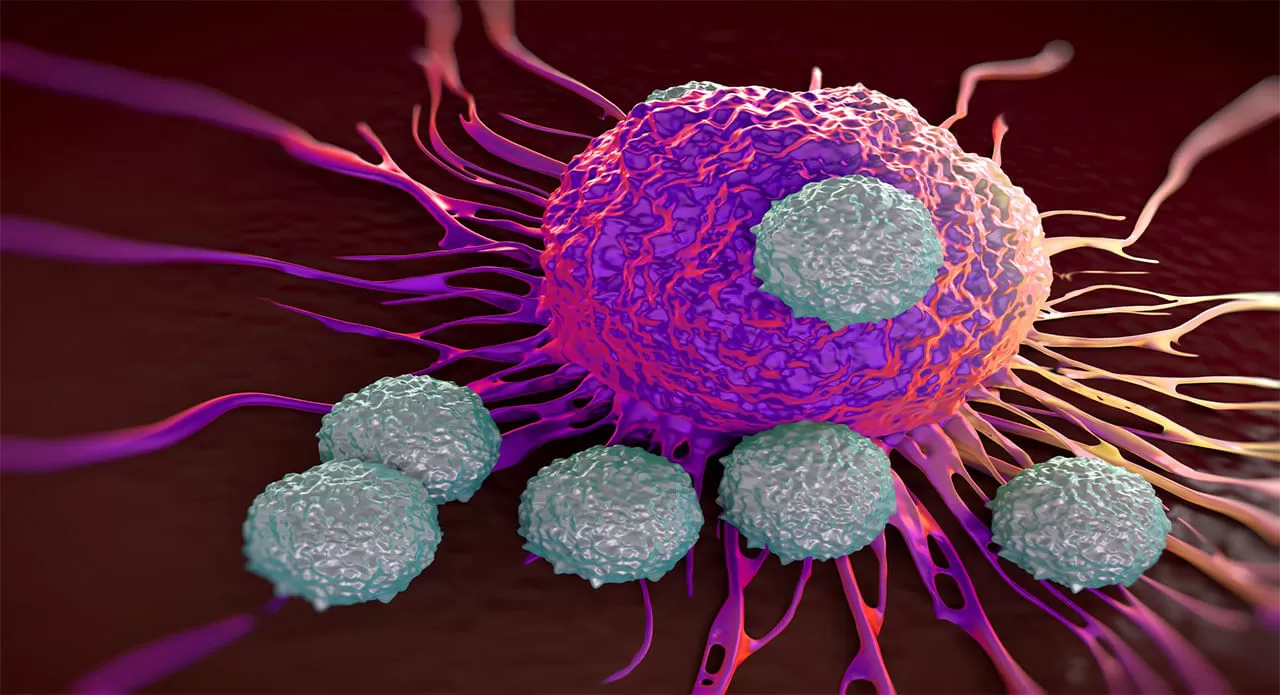When Cancers Develop Resistance, ‘Stealthy’ Medicines Can Help

In the quest for better cancer therapies, Dr. Martin Edwards is one of the scientists on the frontlines informally known as “drug hunters.” His preoccupation these days is hunting for medicines that are more “stealthy” in their fight against cancer tumors—especially tumors that are resistant to conventional treatments.
“There are people today who get cancer for which there is no treatment. Our job is to invent medicines that provide options and give them hope,” says Edwards, Vice President and Head of Oncology Medicinal Chemistry, based at Pfizer’s R&D site in La Jolla, California.
Edwards has been applying his expertise in medicinal chemistry to search for new medicines for some three decades. He’s even experienced a bona fide eureka moment while taking a hot bath, just like the ancient Greek scientist Archimedes, who is credited with having the original eureka moment about water displacement. More on that later.
Molecular Invisibility Cloaks
What’s a stealthy medicine? According to Edwards, stealthiness has to do with an ability of the medicine to bypass two key types of proteins in the body—as if it were wearing an invisibility cloak.
The body has proteins that can attack medicines, thereby reducing the amount of the medicine that can reach a tumor and do its cancer-killing job. A “stealthy” medicine would be one designed to avoid these destructive proteins.
Another could be built to be invisible to certain types of proteins that are important for maintaining normal, healthy bodily function. Those proteins protect the body against foreign molecules. If they don’t spring into action because they don’t detect the medicine, the medicine will be better able to do its job.
Both of these tricks mean that more of a medicine that’s stealthy can be delivered to the tumor than a medicine that is less protected from attack, potentially lowering the necessary dose and reducing side effects.
How to Make Medicines Stealthy by Design
There are several ways to design stealthier medicines. One of the best ways to make the compounds less visible to many proteins is to control the lipophilicity (or “greasiness”) of the molecules, Edwards says. Molecules with high lipophilicity by definition have a high affinity for lipids (fats) and also many proteins—both metabolizing proteins that can rapidly reduce the amount of the active drug molecules available to attack the cancer and also proteins that protect against unwanted invaders.
“We have found that our most stealthy molecules, and potentially the most promising new medicines, are those that have a low lipophilicity while remaining highly potent against cancer cells,” Edwards says.
It was this concept of lipophilic efficiency, now used throughout the field of medicinal chemistry, that was Edwards’ eureka moment. It came to him while he thought about the relationship between a molecule’s lipophilicity and potency, as visualized in simple scatter plots. Now, that’s a bath worthy of Archimedes.





